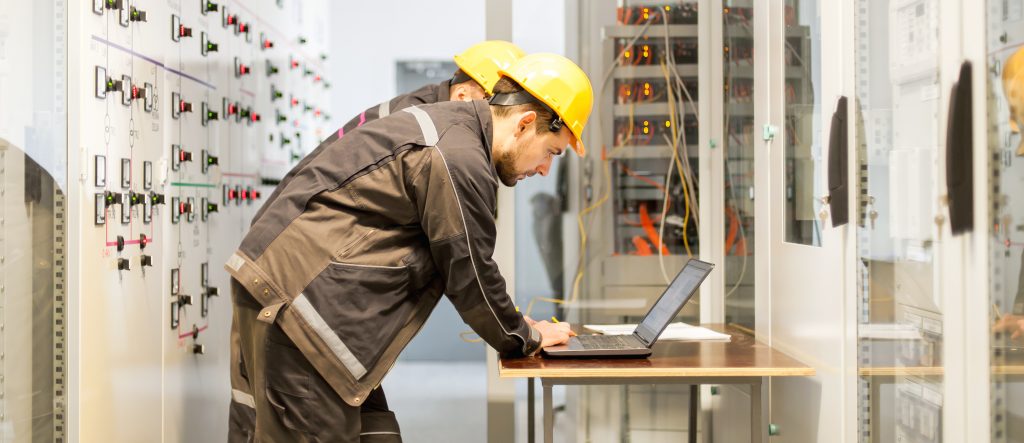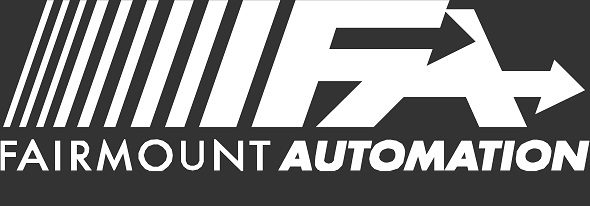
Overview
Fairmount Automation’s Engineering Systems Group provides our customers with a broad range of applied technical, production, and program management services that support our key engineering practices focused on automated damage control, fire suppression systems, and machinery control. This includes:
- Autonomous Damage Control Systems
- Smoke and Fire Detection Systems
- Fire Suppression Systems
- Magazine Monitoring and Sprinkling Systems
- Auxiliary Power Generation Systems
- Aviation Fuel Handling Systems
- Auxiliary Control Systems
- Machinery Control and Monitoring Systems
Capabilities
Fairmount Automation’s Engineering Systems Group is in a unique position to help our customers achieve business benefit through the use of Fairmount Automation technologies. We have an exceptionally skilled and experienced staff – maintained by a large investment in training – who have naval and technical expertise. The men and women that you come into contact with are backed by;
- A large body of intellectual property and experience;
- Direct links to the Fairmount Automation product development and strategy teams;
- Direct access to the product support organization and resources;
This experience and expertise is present in every stage of technology planning, design, deployment and support and can be directed to helping our customers:
- Deliver high quality technology solutions, on budget, on time;
- Maximize the return in automation technology investments;
- Enable future innovation and cost effective technology support;
Our familiarity with leading edge automation technology, deep technical expertise, and access to future technology strategy allows us to help our customers receive the full benefits associated with using Fairmount Automation technology.
Fairmount Automation System Development Tools
The technical staff is supported by a full complement of design tools. High performance workstations support mechanical, electrical, and software development from conceptual through detailed design and testing phase. Included in the design suites are the following:
- Mechanical and Electrical Computer Aided Design Tools
- Solidworks
- AutoCAD
- Altium Designer
- PCAD
- Requirement Management
- Doors
- Document and Software Version Control
- SubVersion
- Confluence
- Issue Tracking
- JIRA
- Program Management
- MS Project
- JIRA
- Simulation Tools
- MatLab
- Flow Master
- National Instruments/LabView
- Fairmount Automation Sim / Stim Environment
- PAC Vendors
- Fairmont Automation
- Rockwell Automation
- Siemens Automation
- National Instruments
- Embedded Systems Development
- Linux / ThreadX
- Assembly / C / C++ / Java
- ARM 7, ARM 9, PowerPC, PIC
- General Computing Software
- Microsoft Application Development
- Java Application Development
- Testing
- HP Quality Center
- HMI Development
- Wonderware
- RSView
- WinCC
- Qlarity
- Netlogic CezanneTools Java
Standard Systems Engineering Process
Developing Mission Critical Systems is an arduous task that requires experience working within a highly collaborative technical and program management framework defined by the shipyard or prime contractor. Our engineering process begins early with the development of Concepts of Operations. Our staff has a deep understanding of how a wide variety of applications work within the framework of a US Navy ship and we can bring this type of skill set to your application along with the ability to simulate a broad set of scenarios:
- Development of Concept of Operations (if required)
- Conceptual Process Simulation
Once our customer’s application has matured, FA has the capability to thoroughly review and respond to a formal RFQ:
- Request for Quotation Review
- Requirements Gathering
- Preliminary Engineer Design and Drawings
- Basis of Estimate Cost Analysis and WBS Development
- Formal Response to Request for Quotation
When an engagement has been agreed upon Fairmount Automation will continue to refine our proposed engineered system by implementing our Standard Systems Engineering Process (SSEP) in order to produce an engineered system that meets the requirements and exceeds our customer expectations. The FA SSEP is a defined and proven engineering design methodology that is compatible with your organization’s CMMI Level 3 process for continuous process improvement:
- Finalization of Requirements
- Preliminary Hardware and Software Design and Customer Review
- Detailed Hardware and Software Design and Customer Review
- System Simulation / Stimulation (Sim/Stim) Development
- Hazard and Safety Analysis / MTBF Analysis
- Critical System Design and Customer Review
- Hardware and Software Development
- 1st Article Product Development and Qualification Procedures
- MIL-STD / ABS / UL Testing Support
- Qualification Test Reports and Letters of Acceptance
- Systems Software Integration and Test
- Hardware Production
- Factory Acceptance Testing
- Technical Manual Development
- Training Course Development
- Packaging and Shipment to Customer’s Facility
Our process produces all the required engineering design and development artifacts and stores them in our configuration management system.
Installation, Start Up, and Sea Trials
Whether our system is delivered to a land based test site or directly to the shipyard for installation onboard, Fairmount Automation’s ESG is ready to support our customer with Installation, start-up, and dockside operational services. FA ESG has qualified engineers available for Sea Trials and deployed ship support.
Integrated Logistic Support
Throughout the life of our systems, FA is able to support the needs of the US Navy with component based spare parts, obsolescence management, and ongoing enhancement of technical capabilities with the insertion of hardware and software upgrades.
